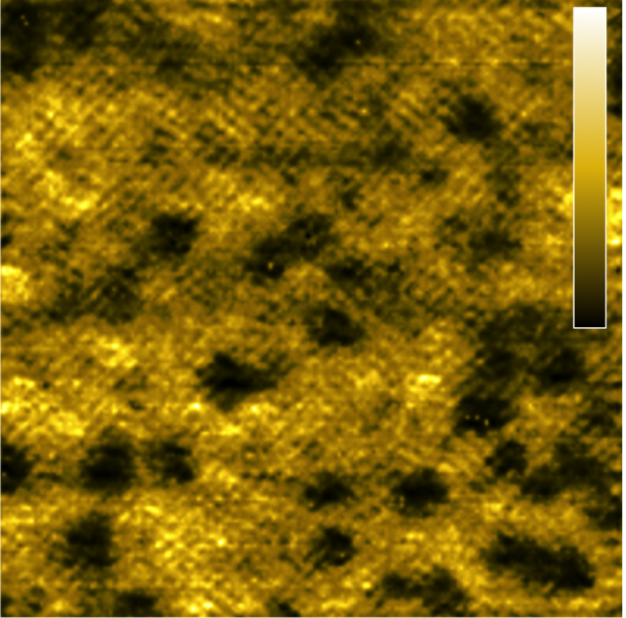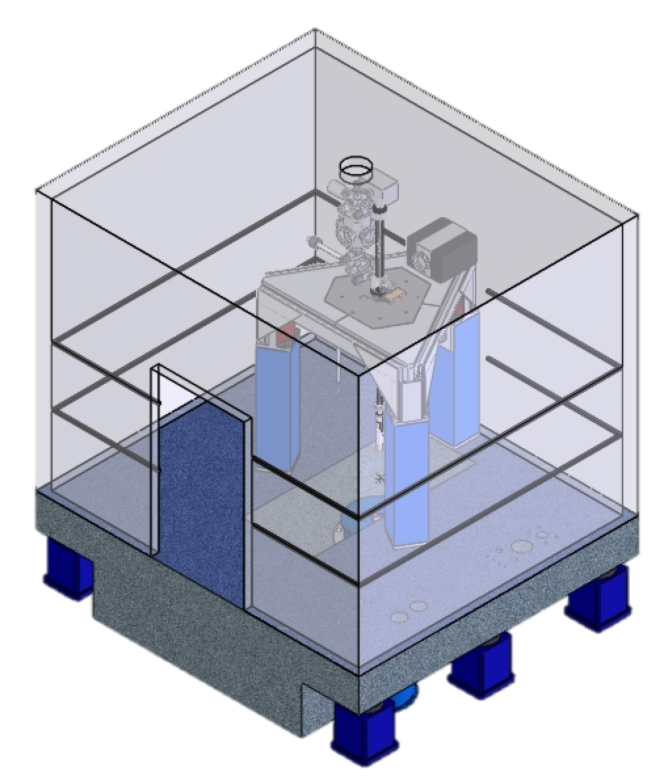Join NESM for our annual Fall Meeting on Thursday, September 28th at Jeol! The meeting will consist of facility tours, two technical talks and a buffet dinner. We look forward to seeing you there!
Meeting Schedule
5:00pm - 6:00 Tours and registration
6:00pm - 6:50pm Dinner
6:50pm - 7:00pm Introductory remarks
7:00pm - 7:35pm "Imaging the Super States of Nature" Mohammad H. Hamidian
7:35pm - 8:10pm "Living in a 3D nanoworld. An imaging and analytical Tomography update." Kevin McIlwrath
8:10pm - 8:20pm Closing
Speaker Abstracts & Bios
Talk 1


1) SJTM image of Cooper-pair density in cuprate superconductor
2) Ultra-low vibration facility for SJTM experiments
Imaging the Super States of Nature
Mohammad H. Hamidian
UC Davis/Harvard University
Abstract: The particles of nature come in two fundamentally different forms: fermions and bosons. Whereas the laws of quantum mechanics forbid fermions from occupying the same quantum state, bosons can condense into super state whose constituent particles are all in the same state. However, nature offers fermions a chance for redemption: by coupling to form Cooper-pairs they can take on boson-like properties, and achieve an equivalent thermodynamic ground state. The resulting condensates are remarkable objects that display quantum properties visible to the naked eye. They comprise metals, liquid states of helium, dilute metallic gases, ceramics, interiors of compact stars, and the recently discovered Higgs field.
In the field of condensed matter physics, the spatial pattern formed by these super states is a pressing issue and one that is at the heart of the mechanism of high temperature superconductivity. By developing a novel Scanned Josephson Tunneling Microscope (SJTM) that is capable of injecting and extracting Cooper-pairs, we have for the first time directly imaged, at the quantum scale, the condensate of a superconductor. In contrast to conventional superconductors, spatial modulations in the density of Cooper-pairs in the cuprates suggests that the ground states is actually a new form of super state, known as a pair density wave. [1] M. H. Hamidian et al. Nature 532, 343 (2016)
Bio: Mohammad Hamidian received his Ph.D. in physics from Cornell University focusing on methods to visualize multiple facets of electronic structure in condensed matter systems with strong electronic interactions. Mohammad is currently a research associate at Harvard University studying strongly interacting topological phases. Recently, he has been appointed as a faculty member at the University of California, Davis working to integrate molecular beam epitaxy and scanning probe experiments for new classes of superconductors and topological quantum materials.
Talk 2

Living in a 3D nanoworld. An imaging and analytical Tomography update.
Kevin McIlwrath
Applications Specialist, JEOL USA, Inc.
Abstract: Offering high levels of automation, Tomographic techniques/3D imaging is becoming more prevalent in many modern laboratories around the world. Advances in the types of digital camera’s offered for TEM imaging has allowed users to capture data sets at higher resolution while reducing the effective electron dose which has been game changing. Not to be left behind the software used to reconstruct and visualize/manipulate 3D volumes has become more advanced and user friendly allowing more users to produce meaningful results. In addition analytical Tomography is now a possible utilizing the latest large area SDD-EDS detectors. Current advances in TEM/STEM Tomography hardware and software will be discussed.
Bio: Kevin Mcilwrath has worked in the JEOL TEM applications group as a TEM/STEM Applications Scientist for ~7 years and has been in the industry for over 24 years. Concentrating on TEM/STEM applications development in both Materials Science and Biological Sciences with a focus on Cs corrected STEM applications and TEM/STEM and analytical electron Tomography.
Parking and other info: Attendees should park in the visitor’s parking lot (2nd parking lot on the right) and enter on the bottom level, at the rear of the building. Take note, the access road to Dearborn Road is easy to miss. There are directions on our website here: http://www.jeolusa.com/CONTACT-US/Directions-to-JEOL-USA